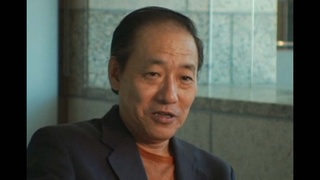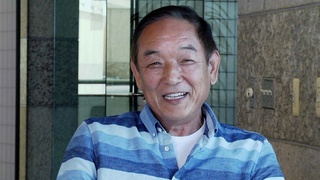Interviews
The first garden he visited in the US
I saw, first one was the tea garden in the Bay Area, yes, and the Golden Gate Park had already, you know, tea garden. And I … I feel, you know, little bit, you know, sort of, “oh my gosh this is too much manicured.” Yeah. Well, you know, I think each garden has a different style of course, and, but I, sometime I wanted to make, you know, something which I like, Japanese garden.
Date: August 10, 2016
Location: California, US
Interviewer: Sojin Kim, John Esaki
Contributed by: Watase Media Arts Center, Japanese American National Museum
Explore More Videos

Government urged Japanese Canadians to go to Japan
(b. 1928) Doctor. Former Chair of the Japanese Canadian Redress Foundation.


On returning to post-war Peru (Japanese)
(b. 1948) Executive Director of Amano Museum





Facing discrimination in America (Japanese)
(b. 1936) Shin-issei welding business owner


My daughter couldn’t fit in Japan, so I decided to go back to America (Japanese)
(b. 1936) Shin-issei welding business owner

Unique Identity from Having Multiple Backgrounds
(b. 1938) Philipines-born hikiagesha who later migrated to the United States.

Tough life at boarding house (Japanese)
Shin Issei – owner of izakaya (Japanese-style tavern) and kappo (small Japanese diner) restaurant, Honda-Ya



General reasons why people left Japan for Peru
Okinawan American whose parents are from Peru.
